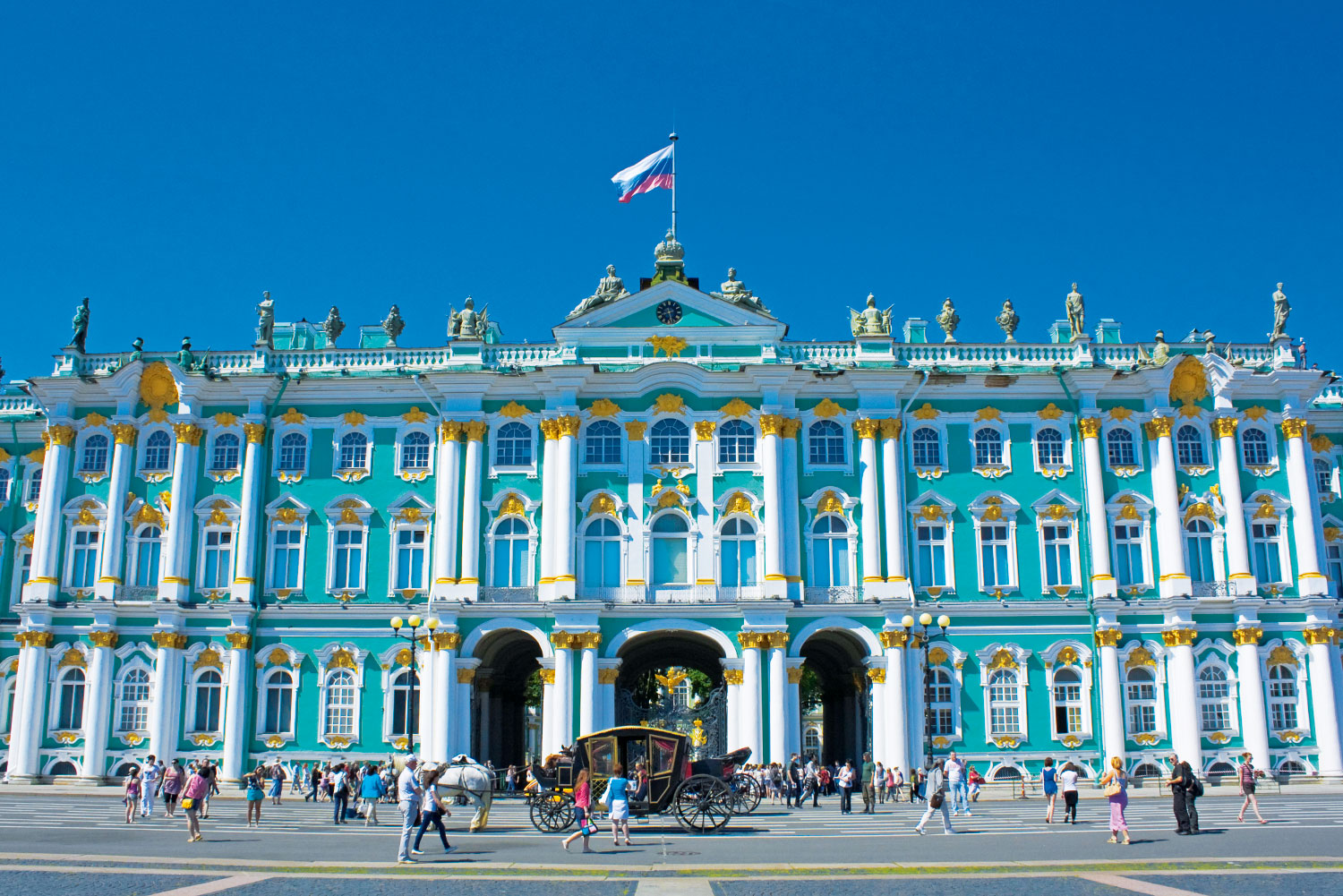St. Petersburg was the city I was most excited to visit on my cruise to Northern Europe this summer. The only time I’d learned or read about Russia was in history class or in the news. It was always about violence and war and usually from a biased point of view. I was interested to finally see things for myself and see what the world’s largest country is really like.
The one thing that struck me the hardest was the architecture. Russian architecture is one of the most magnificent things I have seen, unlike any other or even its own stereotypes. When the Russians do something, they go all out; each thing they do is done to the uttermost perfection, and their buildings are no exception. The city’s universities all look fit for a king, and almost all the buildings, from banks to train stations to concert halls, are all leftover from the Tsarist era. Stretches of palaces snake throughout St. Petersburg and each seems to go on for miles and miles. There are rarely buildings that stand separate from their neighbors.

The most famous palace in St. Petersburg is the Winter Palace. From 1732 to 1917, it was the home of the Russian monarchy, where they ruled over 22 million square feet of land and 125 million subjects. It’s large scale is reflective of its intent to reflect the might and power of Imperial Russia. Built in an Elizabethan Baroque style in a long rectangle shape, it is a bright aquamarine color and adorned with arches and intricate gold details. Walking inside, the entrance’s grand staircase is so long climbing its steps felt like a marathon. The most famous room, one almost the size of a football field, is made largely of gold, from its walls to its pillars to its chairs. It was quite glittery and hard to look at, and tacky yet amazing at the same time.
The Winter Palace houses a large portion of the Hermitage, Catherine the Great’s art collection. With all the art she bought, she stocked the rooms of her palaces like a princess would with shoes. The Hermitage is is now one of the world’s oldest and largest museums and houses over 3 million works of art, with so many rooms that our two-hour tour only managed to go through a fifth of it. It houses the works of the greatest artists, with rooms dedicated to the greats like Raphael and Da Vinci and the art of over twelve different eras and countries, including Egyptians, the Dutch and Italians. Aside from the paintings and sculptures, the interior of the palace itself is a work of art. The ceilings all show off complex gold and white designs and the wooden floors are pieced together into designs made from sixteen different types of wood.


If you are someone who enjoys learning about cultures you know little about, book your next flight to St. Petersburg. It’s a perfect place to experience the grandeur and history of an amazing country, embedded into each aspect of the city.
Katherine Chen

